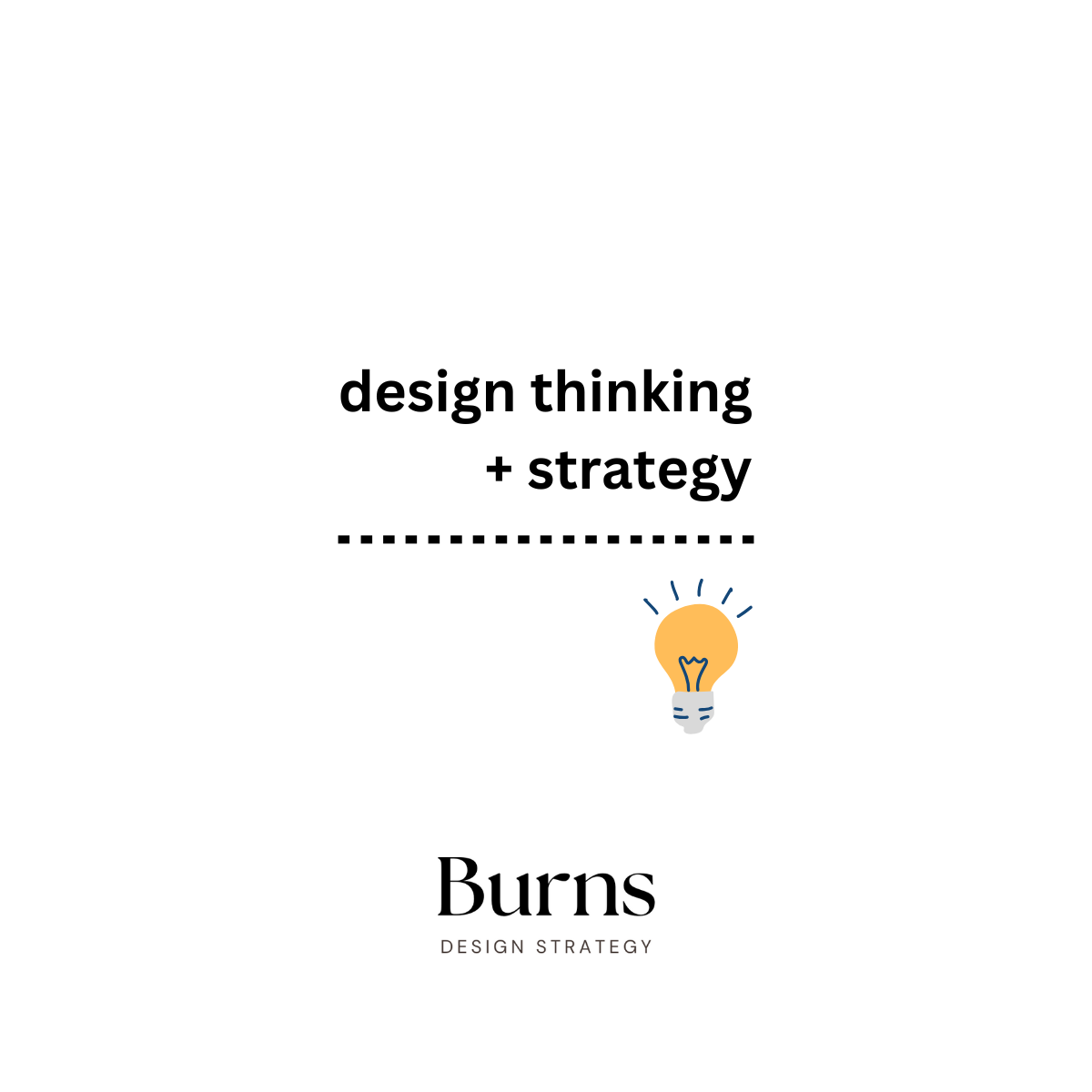Connecting the Dots: How Design Thinking and Strategy Work Together
Design thinking is often seen as a way to spark innovation, but its impact goes far beyond problem-solving.
When paired with strategy, it becomes a powerful force for shaping an organization’s long-term success. Together, they create a dynamic balance between creativity and direction.
What is Strategy?
Strategy sets the course for an organization’s future, guiding decisions on priorities, resources, and goals. While design thinking thrives on exploration and iteration, strategy focuses on making choices and setting plans. But these two approaches aren’t opposites—they’re complementary. Strategy provides focus, and design thinking ensures that focus is rooted in real human needs.
Where Design Thinking and Strategy Intersect
1. Empathy as a Strategic Advantage
Design thinking starts with empathy—understanding people’s needs, motivations, and challenges. When strategy integrates this human-centered approach, organizations make better-informed decisions, fostering customer trust and long-term loyalty.
2. Reframing Challenges for Better Solutions
Organizations often tackle symptoms rather than root causes. Design thinking encourages leaders to ask better questions. Instead of "How do we sell more?" a company might ask, "How might we better serve our customers?" This shift leads to more impactful, forward-thinking strategies.
3. Prototyping for Smarter Decisions
Just as design thinking relies on prototyping and testing, strategy benefits from small-scale experiments. Before a company commits to a major initiative, running a pilot program or gathering early insights can reduce risk and refine the approach.
4. Turning Vision into Action
A strategy without execution is just an idea. Design thinking bridges the gap by fostering collaboration across teams and ensuring that strategic goals translate into real-world solutions. Its iterative nature also helps organizations adapt as new insights emerge.
Real-World Impact
Airbnb used design thinking to uncover user pain points, shaping a strategic vision of belonging that fueled its growth.
Procter & Gamble integrates design thinking into strategic planning, identifying unmet customer needs and creating products that resonate.
Public Sector organizations are co-creating policies with communities using design thinking, ensuring services align with real needs.
Overcoming Challenges
Merging design thinking with strategy requires a mindset shift, especially for organizations used to more traditional, rigid planning. Leaders must embrace ambiguity, experimentation, and collaboration. But the payoff is worth it—businesses that integrate both approaches are more agile, resilient, and ready for the future.
The Bottom Line
Design thinking and strategy aren’t competing forces; they’re partners. Design thinking fuels creativity, empathy, and adaptability, while strategy provides focus and direction. Together, they help organizations solve today’s problems and shape tomorrow’s possibilities. In an ever-changing world, this balance isn’t just valuable—it’s essential.
